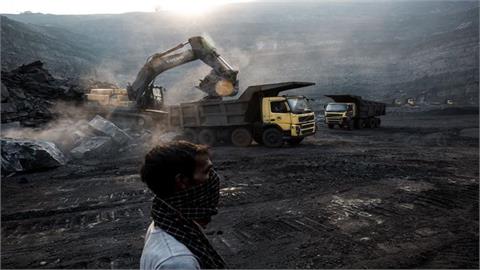Croatian state-owned
company LNG Hrvatska
said it could consider
raising the send-out
capacity of the planned
liquefied natural gas
(LNG) terminal on the
Adriatic island of Krk
if interest from
shippers remains as high
as was expressed in the
non-binding capacity
booking round.Last week,
LNG Hrvatska launched
the binding bid phase to
book capacity at the Krk
LNG terminal. The
deadline for filing bids
is September 30.
The open season
procedure got underway
on December 8. The
deadline in the first,
non-binding phase,
expired in May,
attracting a total of 12
bids.
During the storage
duration period,
available regasification
and send out rate of
natural gas is ranging
from 200,000 cu m/h to
800,000 cu m/h, a
document posted on the
website of LNG Hrvatska
showed.
The expressed
non-binding interest was
higher than the planned
technical capacity and
if it remains as high
after the bindings bids
are submitted, LNG
Hrvatska said it could
consider introducing
additional evaporation
units that will enable a
higher send out rate
than the planned nominal
rate.
LNG Hrvatska also said
in the document that
after receiving the
non-binding offers it
has decided to proceed
with plans to build an
on-shore LNG terminal
instead of a floating
facility.
Taking into account the
relevant Croatian
regulations and the
planned commissioning
year for the LNG
terminal, gas flows
could start from October
1, 2019, the document
showed.
In December, LNG
Hrvatska - established
for the purpose of
building and operating
the infrastructure
necessary for receiving,
storing and regasifying
LNG, told SeeNews that
the capacity of the
terminal will be 4-6
billion cu m annually
and that it was
expecting the biggest
interest to come from
regional companies
engaged in the
production of LNG and in
gas trade.
In May, local media
quoted LNG Hrvatska
director Mladen
Antunovic as saying the
construction of the LNG
terminal will start in
the middle of 2016.
LNG Hrvatska, which in
July issued an equity
call for investors
interested in helping
develop the project, has
said that it expects the
project would benefit
from the latest
developments regarding
the South Stream gas
pipeline as they shift
focus in the region on
gas supplies via Krk.
The final investment
decision on the project
is expected in the
middle of 2016 with the
commissioning of the LNG
terminal seen in the
middle of 2019.
The LNG terminal, which
will be able to receive
the largest LNG carriers
of up to 265,000 cu m,
is planned to comprise
two storage tanks with a
capacity of 180,000 cu m
each.
The planned LNG terminal
on Krk - alongside the
award of off- and
on-shore oil and gas
permits and
participation in the
Ionian Adriatic Pipeline
project, is part of
efforts to develop
Croatia into a regional
energy hub.
Source:
SeeNews
Related content
Monday, 15 December 2025
Monday, 15 December 2025
Thursday, 11 December 2025
Thursday, 11 December 2025



